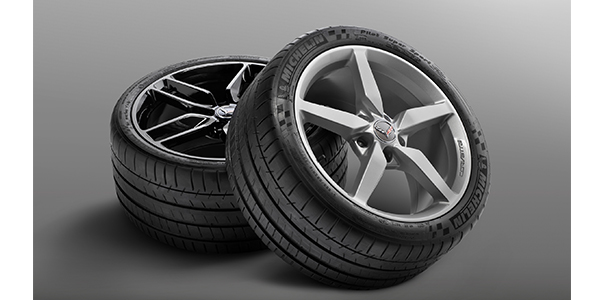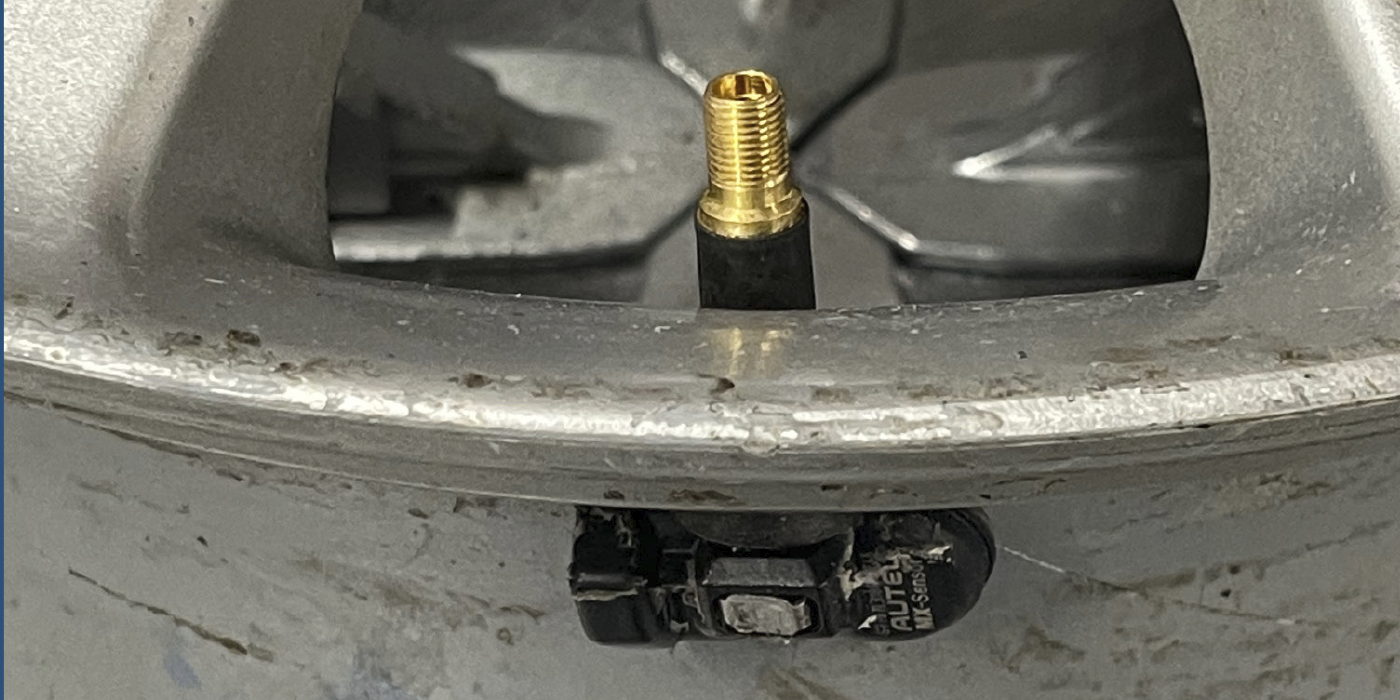
Models
2013-2019 Cadillac ATS
2013-2019 Cadillac CTS
2010-2019 Chevrolet Camaro
2005-2019 Chevrolet Corvette
2014-2017 SS
Condition
Some customers may comment their vehicle has a tendency to pull left or right depending on road conditions. Typical descriptions may refer to the vehicle not tracking properly or that the car wanders. Additional comments may include that the car follows grooves or inconsistencies in the road to the extent that the vehicle must be steered or directed with additional force to overcome these roadway characteristics.
What is Tramlining?
“Tramlining” is an industry term used to describe a vehicle’s tendency to follow the longitudinal ruts and/or grooves present in the road (also called “trough wander”). The name comes from the feeling on a tram or trolley as the vehicle follows along the tracks. Any vehicle can exhibit tramlining due to uneven pavement or severe rutting in the roads surface. All vehicles tramline to some degree, however vehicles equipped with low aspect ratio, wide tires tend to be more sensitive to this condition.
Turning the steering wheel left or right slightly may give a “scrubbing” feel like rubbing up against a curb (only not as pronounced). Vehicles experiencing this condition can feel “pulled” in both directions depending on the positions of the tires in the trough (ruts).
Driving Characteristics
A test drive with the customer to duplicate the concern and driving a comparably equipped vehicle over the same roads may be beneficial before any repairs are attempted. For further information on diagnosing vehicle leads/pull issues, refer to the latest version of Corporate Bulletin Number 05-03-07-009.
Test driving over road surfaces, like smooth concrete, the vehicle may be less susceptible to pavement inconsistencies due to the fact that concrete can be less susceptible to developing troughs and other variations in the road surface. Additionally, since troughs may or may not be visible in a given lane, it is recommended to drive the vehicle within the lane, but on each side of the lane to verify if the vehicle is reacting to the road surface variation due to the steering precision of vehicles in this category.
If a similarly equipped vehicle experiences the same condition as the customer’s car, the customer’s car is most likely experiencing tramlining, which is a normal characteristic of a car with low aspect ratio, wide tires.
Tires
Verify that all tire pressures are set to the specification listed on the vehicle’s tire placard prior to driving and verify there is no uneven tire wear.
Tire pressures should be maintained at the recommended pressures. Increasing tire pressures above the recommended pressure will further stiffen the sidewall of the tire and may increase tramlining. Swapping tires from a known good vehicle can be used to determine if the condition is tire related.
Verify that the tires and suspension setting have not been modified from the production standards. GM accessory wheels and tires are an acceptable modification.
Alignment
While alignment may be thought to be a contributing factor, it has NOT been found to affect trough wander or tramlining complaints and therefore a wheel alignment check is NOT recommended for the condition. Reference the latest version of Corporate Bulletin Number 05-03-07-009 for GM Corporate policy information on wheel alignment.












